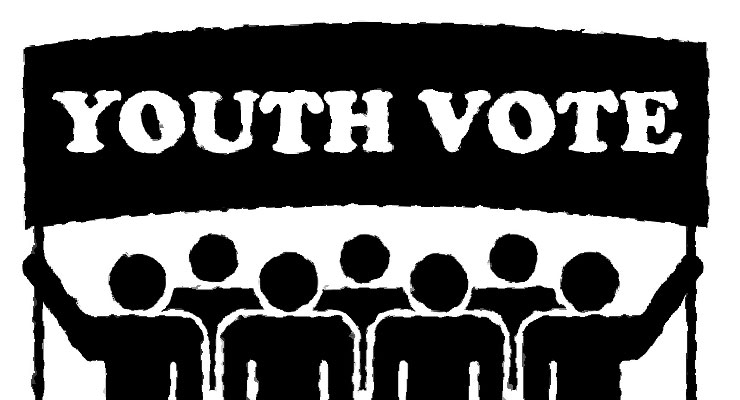
Yael Bromberg has written a very interesting paper on the issue of inaction over the Twenty-Sixth amendments in the face of youth voter suppression. Here is the abstract to the article from Social Science Research Network.
The Twenty-Sixth Amendment was designed to bring young people into the political process by constitutionalizing their right to vote. However, the last fifty years have shown that ratification has not been enough: the Amendment has remained largely untouched by the courts since the 1970s, even as voter suppression increasingly threatens access to the franchise for students and other young voters.
The handful of courts considering Twenty-Sixth Amendment claims in the modern era have reasoned in dicta that such claims’ analysis should be informed by a discriminatory purpose standard, while acknowledging inherent problems with this assumption. Indeed, courts have reflected on the dearth of guidance on how to handle such claims, admittedly stumbling through their analysis and applying only arguably apposite precedent by analogy. I suggest that the searching approach that has evolved is not necessarily wrong, but that it merely sets the floor to evaluating youth voter claims, rather than the ceiling. Instead, this Article proposes a Twenty-Sixth Amendment standard that draws on both modern right-to-vote and equal protection doctrines. In other words, claims arising under the Twenty-Sixth Amendment may benefit from a hybrid test that incorporates prima facie, intentional discrimination, and “right to vote” balancing analyses.
There exists little scholarship on the appropriate framework for evaluating claims that state action unduly abridges the right to vote on account of age as prohibited by the Twenty-Sixth Amendment; this Article thus offers a new way of thinking of the voting rights of this often-forgotten group and proposes a solution for examining future claims on behalf of this class.
The link to the abstract page on SSRN can be found here.
Leave a Reply